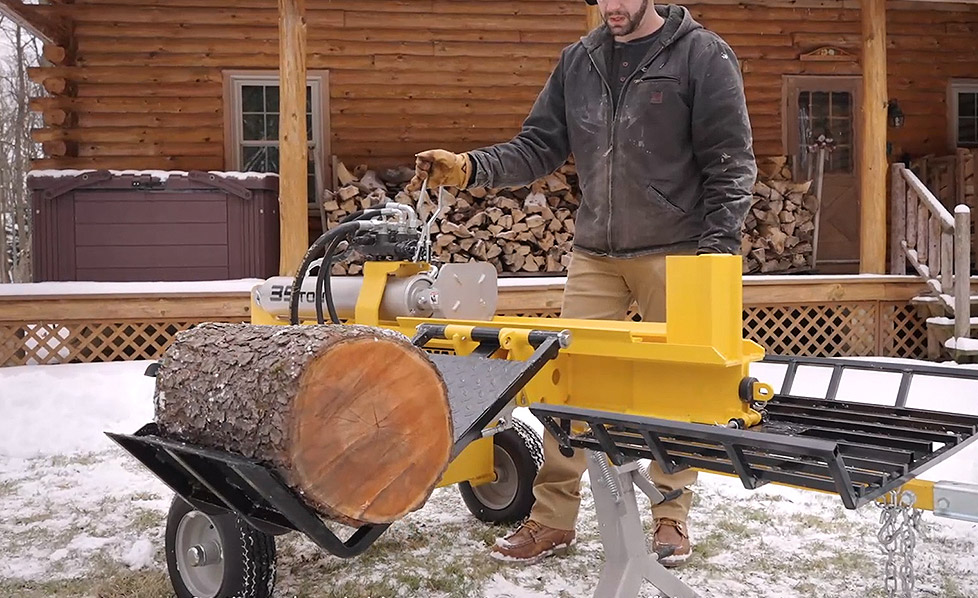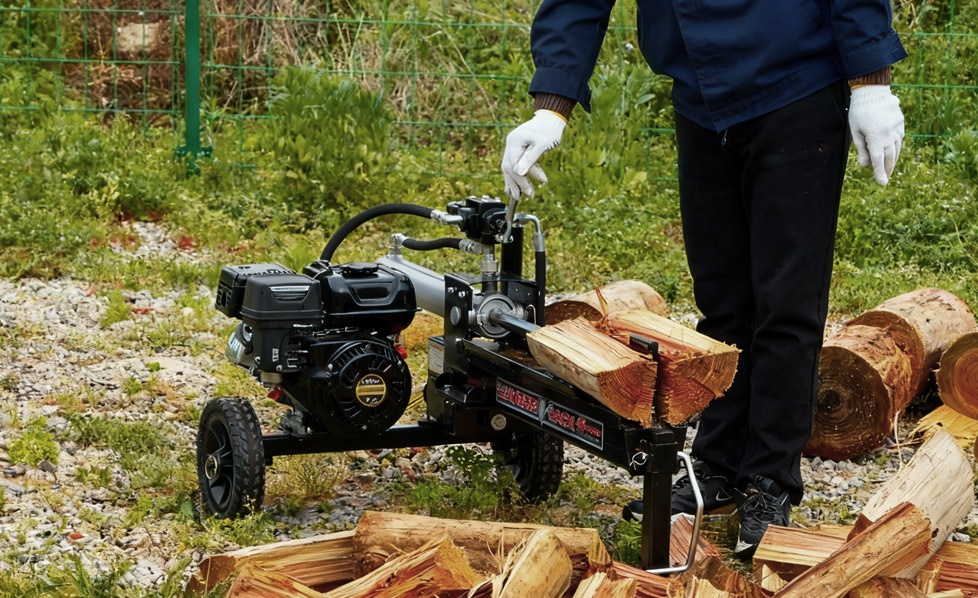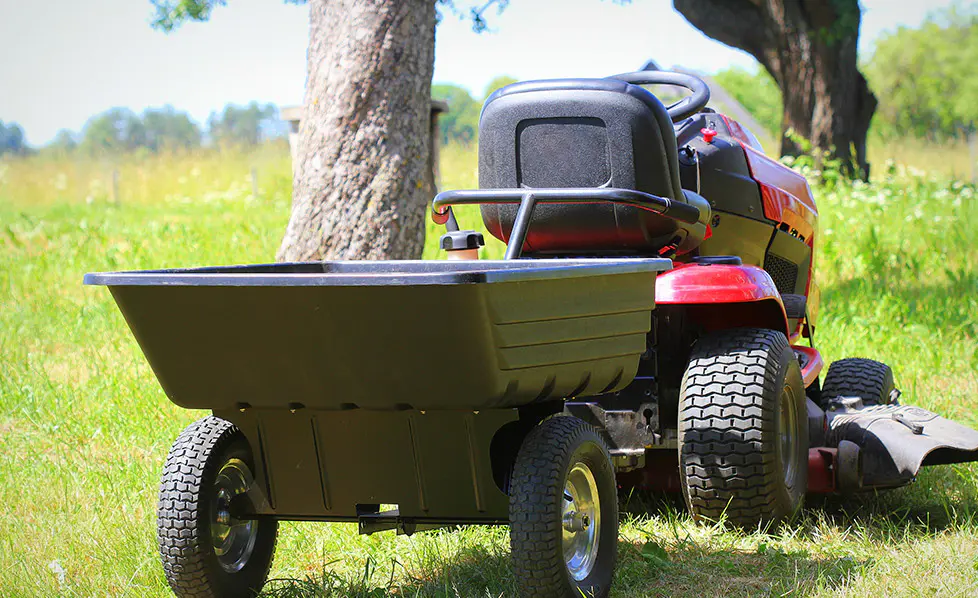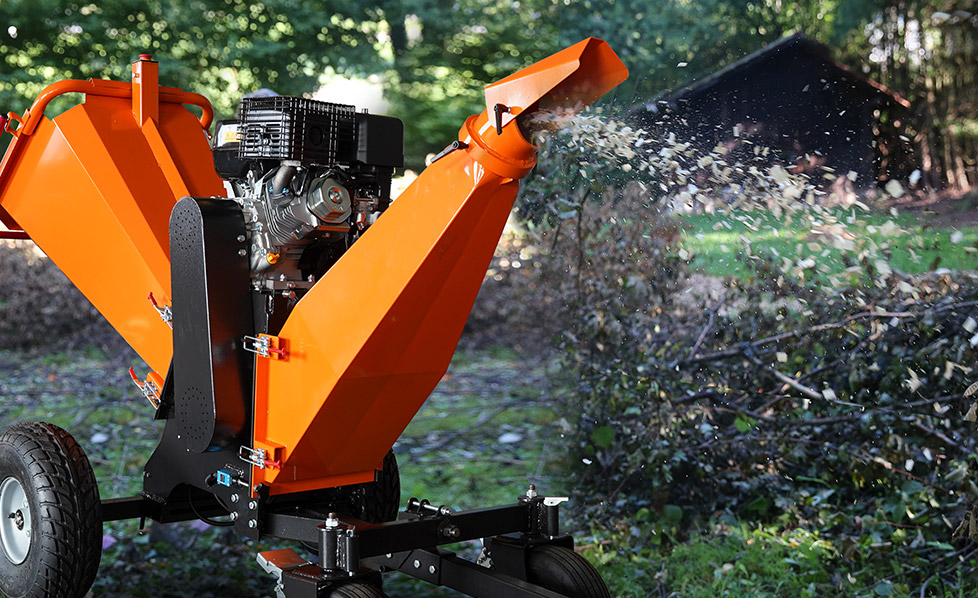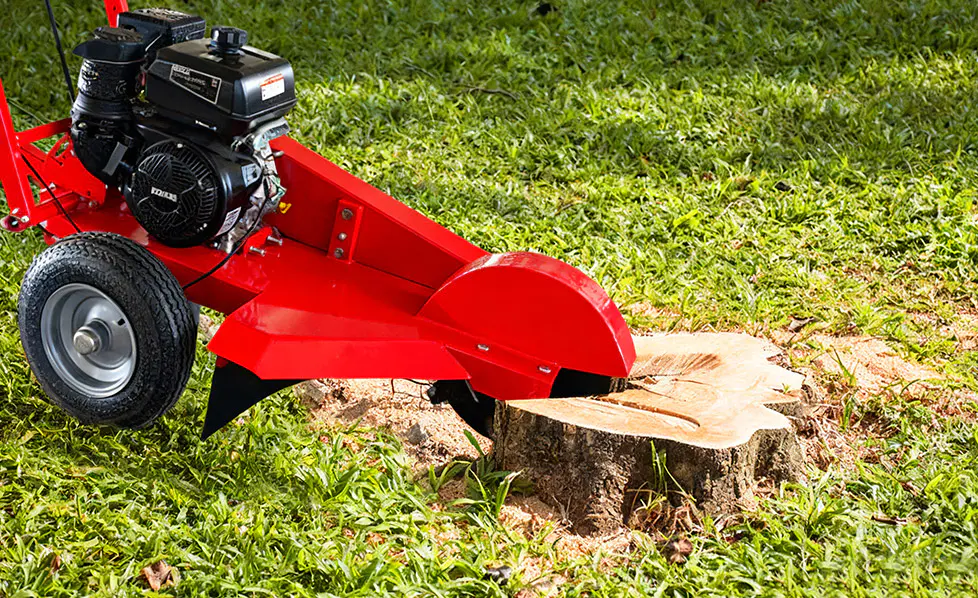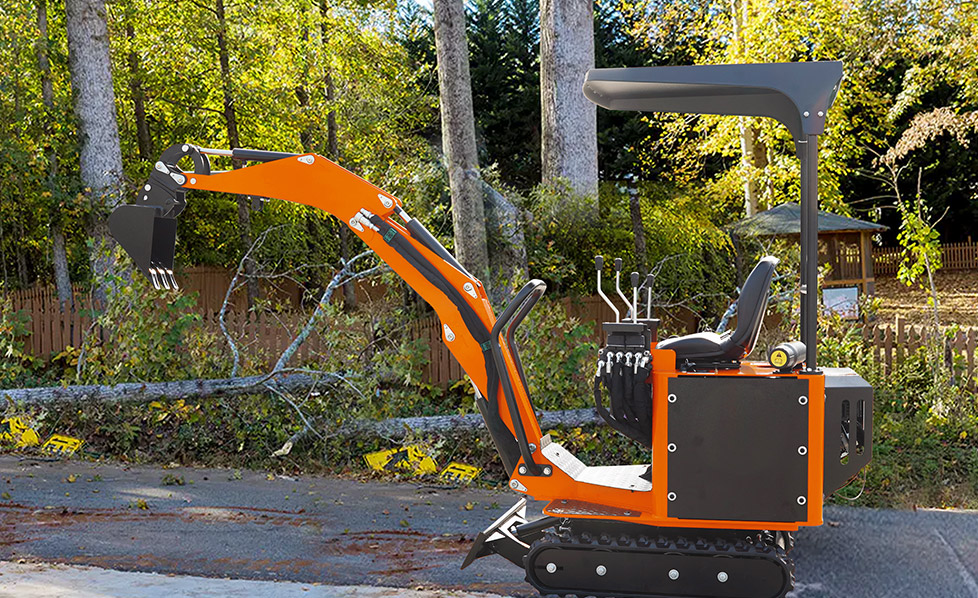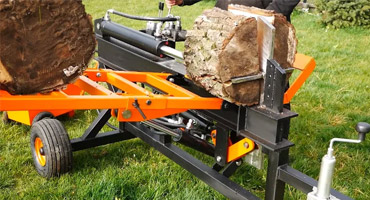 LANGUAGE
LANGUAGE


Web Menu
Product Search
Language
Exit Menu
Home / News / Industry News / What are the key features and benefits of a Lumberjack Log Splitter in the forestry and firewood industry, and how does it contribute to improved efficiency, safety, and productivity in log splitting operations?
Industry News
Our Footprints Are Around The World
We provide quality products and services to customers from all over the world.
We provide quality products and services to customers from all over the world.
Search
Categories
What are the key features and benefits of a Lumberjack Log Splitter in the forestry and firewood industry, and how does it contribute to improved efficiency, safety, and productivity in log splitting operations?
Key Features of a Lumberjack Log Splitter:
1. Power and Performance: Lumberjack Log Splitters are equipped with robust engines or hydraulic systems that deliver substantial splitting force. The machines are designed to handle logs of varying sizes and densities, allowing for efficient splitting of hardwood and softwood logs. The high splitting force ensures quick and effective log splitting, reducing manual effort and saving time.
2. Splitting Capacity: Lumberjack Log Splitters come in different sizes and models, offering varying splitting capacities. They can handle logs of different diameters and lengths, providing versatility in log splitting operations. The machines are designed with adjustable splitting wedges or blades, allowing for customization based on log size and desired output.
3. Safety Features: Safety is a paramount concern in log splitting operations, and Lumberjack Log Splitters incorporate various safety features. These include dual-handed operation, safety switches, and guards that prevent accidental activation or access to moving parts. Some models also feature log cradles or tables that hold the logs in place during splitting, minimizing the risk of accidents and injuries.
4. Mobility and Maneuverability: Lumberjack Log Splitters are designed for easy transport and maneuverability. They feature sturdy frames with wheels or trailers, allowing operators to move the machines to different locations on the worksite. The mobility of the log splitter reduces the need for manual log transport, streamlining the log splitting process and increasing overall efficiency.
5. Versatility and Adaptability: Lumberjack Log Splitters are versatile machines that can adapt to different working environments and log splitting requirements. They can be operated horizontally or vertically, offering flexibility in splitting positions. Some models also come with additional attachments or accessories, such as log lifters or log catchers, further enhancing productivity and convenience.
Benefits of a Lumberjack Log Splitter:
1. Improved Efficiency: A Lumberjack Log Splitter significantly improves efficiency in log splitting operations. The powerful splitting force and adjustable splitting wedges allow for rapid and effortless splitting of logs. This eliminates the need for manual labor-intensive methods, such as axe or manual hydraulic splitting, resulting in increased productivity and time savings.
2. Enhanced Safety: Lumberjack Log Splitters prioritize operator safety with their built-in safety features. The dual-handed operation ensures that the operator's hands are away from the splitting area during the splitting process, reducing the risk of accidents. The safety switches and guards provide additional protection, preventing unauthorized or accidental machine activation.
3. Increased Productivity: With a Lumberjack Log Splitter, operators can split a large volume of logs in a shorter timeframe. The consistent splitting force and efficient log handling minimize downtime and increase overall productivity. Operators can focus on feeding the logs into the machine and removing the split pieces, enabling a continuous log splitting process.
4. Cost Savings: By eliminating the need for manual log splitting methods, a Lumberjack Log Splitter reduces labor costs and associated expenses. The efficiency and speed of the machine allow operators to process more logs within a given time, maximizing productivity and optimizing resource utilization. Additionally, the durability and longevity of these machines ensure long-term cost savings by reducing the need for frequent repairs or replacements.
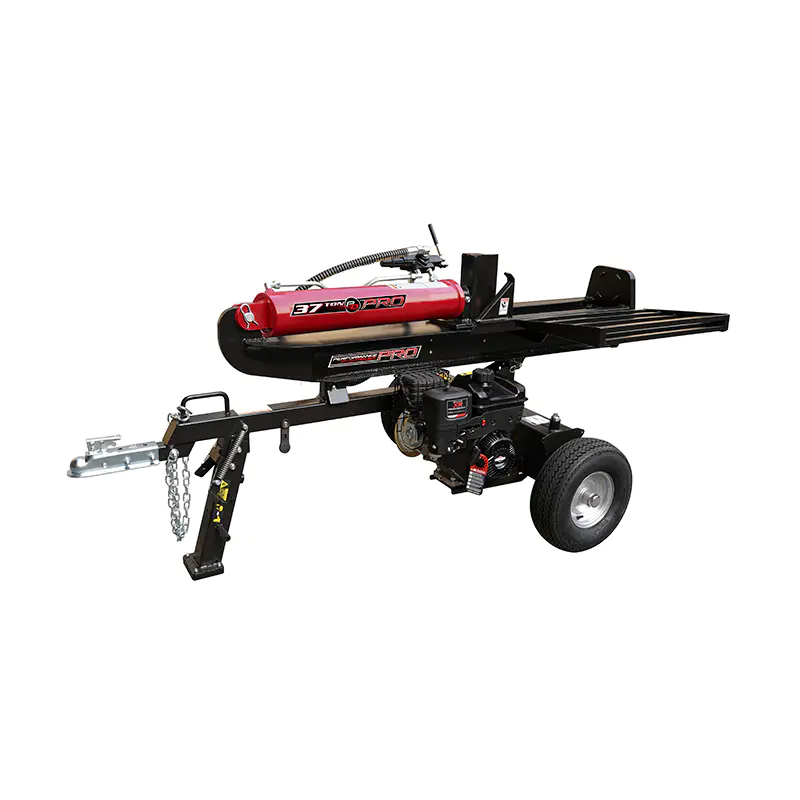
1. Power and Performance: Lumberjack Log Splitters are equipped with robust engines or hydraulic systems that deliver substantial splitting force. The machines are designed to handle logs of varying sizes and densities, allowing for efficient splitting of hardwood and softwood logs. The high splitting force ensures quick and effective log splitting, reducing manual effort and saving time.
2. Splitting Capacity: Lumberjack Log Splitters come in different sizes and models, offering varying splitting capacities. They can handle logs of different diameters and lengths, providing versatility in log splitting operations. The machines are designed with adjustable splitting wedges or blades, allowing for customization based on log size and desired output.
3. Safety Features: Safety is a paramount concern in log splitting operations, and Lumberjack Log Splitters incorporate various safety features. These include dual-handed operation, safety switches, and guards that prevent accidental activation or access to moving parts. Some models also feature log cradles or tables that hold the logs in place during splitting, minimizing the risk of accidents and injuries.
4. Mobility and Maneuverability: Lumberjack Log Splitters are designed for easy transport and maneuverability. They feature sturdy frames with wheels or trailers, allowing operators to move the machines to different locations on the worksite. The mobility of the log splitter reduces the need for manual log transport, streamlining the log splitting process and increasing overall efficiency.
5. Versatility and Adaptability: Lumberjack Log Splitters are versatile machines that can adapt to different working environments and log splitting requirements. They can be operated horizontally or vertically, offering flexibility in splitting positions. Some models also come with additional attachments or accessories, such as log lifters or log catchers, further enhancing productivity and convenience.
Benefits of a Lumberjack Log Splitter:
1. Improved Efficiency: A Lumberjack Log Splitter significantly improves efficiency in log splitting operations. The powerful splitting force and adjustable splitting wedges allow for rapid and effortless splitting of logs. This eliminates the need for manual labor-intensive methods, such as axe or manual hydraulic splitting, resulting in increased productivity and time savings.
2. Enhanced Safety: Lumberjack Log Splitters prioritize operator safety with their built-in safety features. The dual-handed operation ensures that the operator's hands are away from the splitting area during the splitting process, reducing the risk of accidents. The safety switches and guards provide additional protection, preventing unauthorized or accidental machine activation.
3. Increased Productivity: With a Lumberjack Log Splitter, operators can split a large volume of logs in a shorter timeframe. The consistent splitting force and efficient log handling minimize downtime and increase overall productivity. Operators can focus on feeding the logs into the machine and removing the split pieces, enabling a continuous log splitting process.
4. Cost Savings: By eliminating the need for manual log splitting methods, a Lumberjack Log Splitter reduces labor costs and associated expenses. The efficiency and speed of the machine allow operators to process more logs within a given time, maximizing productivity and optimizing resource utilization. Additionally, the durability and longevity of these machines ensure long-term cost savings by reducing the need for frequent repairs or replacements.

PREV:Enhancing Efficiency and Safety in Wood Processing
NEXT:What are the key features and applications of a push spreader in the industry?
NEXT:What are the key features and applications of a push spreader in the industry?
Interested in cooperation or have questions?
FOR PURCHASE INQUIRIES
CONTACT US
BECOME AN AGENT
CONTACT US
PRODUCT
NEWS
CONTACT US
- No. 158 Songhai Road, Huimin Town, Jiashan City, Zhejiang Province P.R. China
-
Tel:
0086 573 8464 3695
0086 573 8464 7353
- E-mail: [email protected]
MOBILE

 English
English